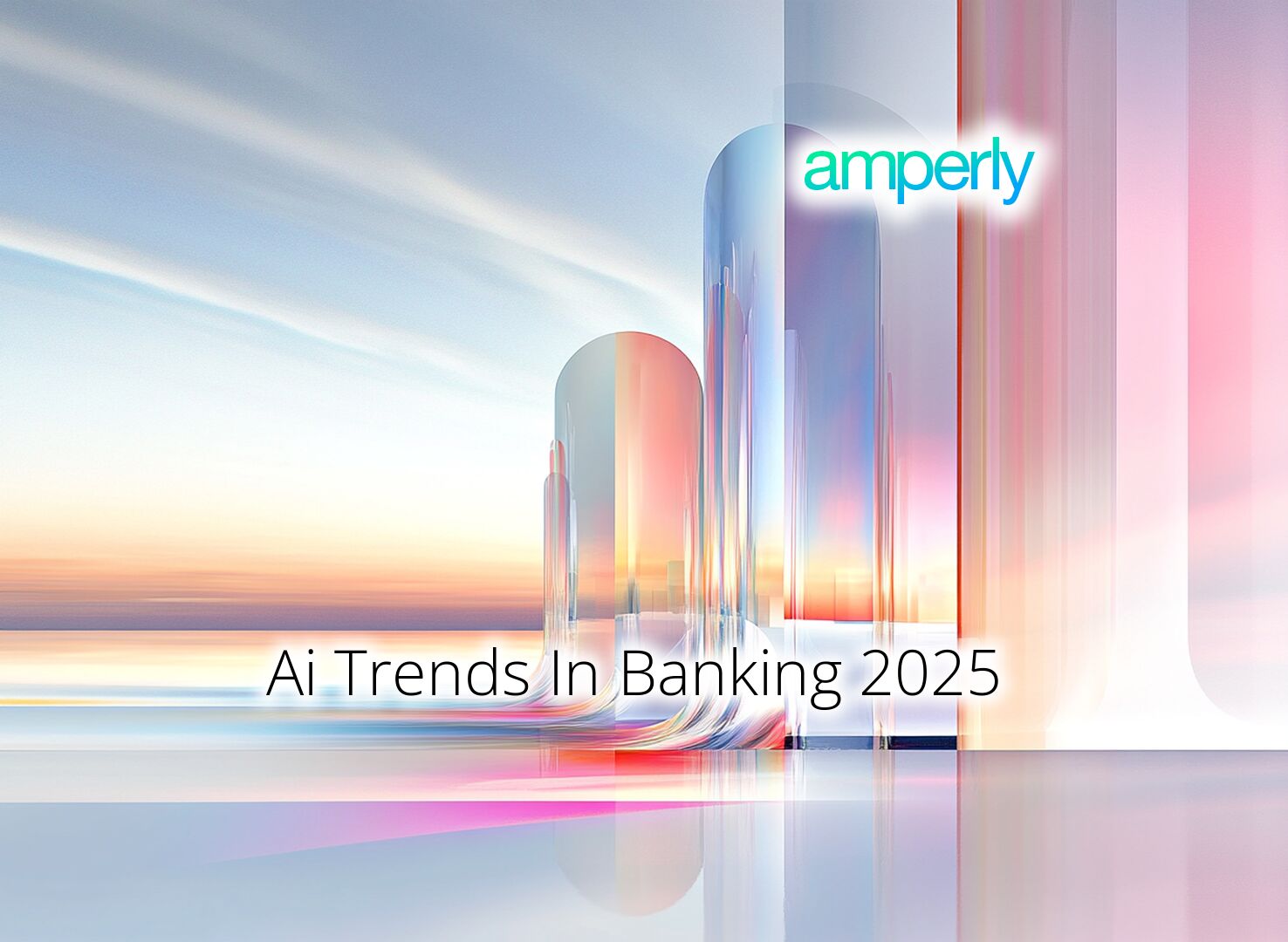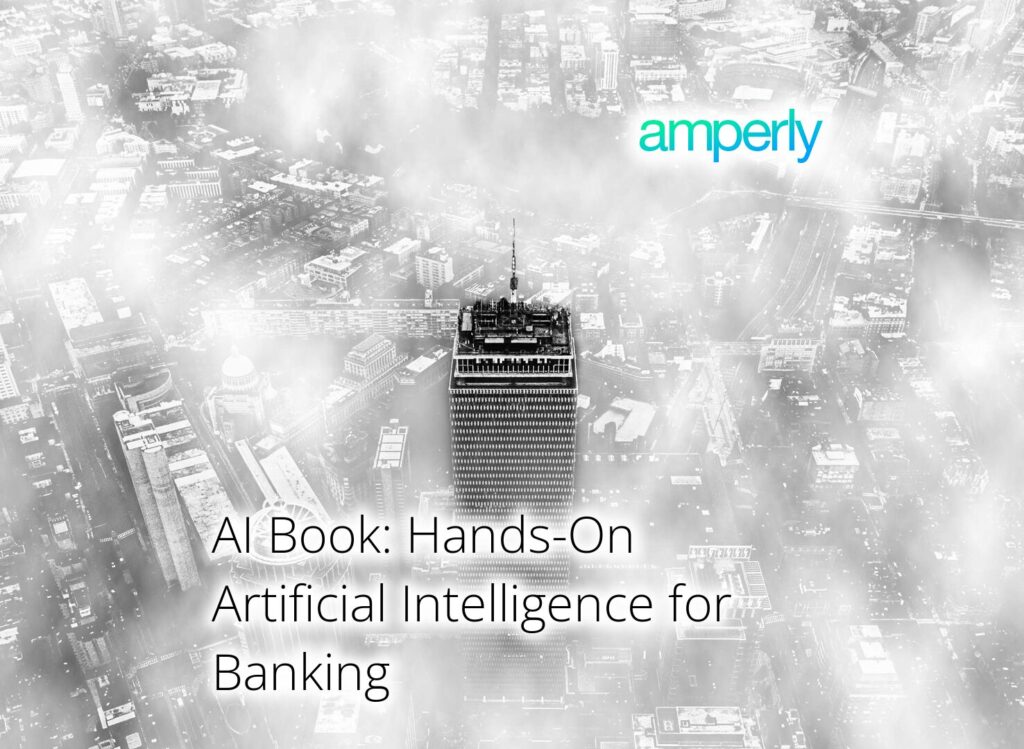AI trends in banking 2025 aren’t just predictions—they’re tools you’ll use to reshape how work gets done. From personalized customer interactions to fraud detection and compliance, AI is transforming every corner of banking. If you’re ready to stay ahead and make these trends work for you, this guide breaks it down step by step.

You’ll find more strategies on enhancing customer experiences through AI here AI in banking customer service. For an in-depth look at how AI aids in fraud detection in banking, check out this article on AI in fraud detection.
Generative AI’s Transformative Impact on Banking
Increased Productivity Through Generative AI: Generative AI is reshaping how you work by automating repetitive tasks like summarizing regulatory reports and crafting pitch book drafts. Research shows it could add $200 billion to $340 billion in annual value to banking globally, representing 2.8% to 4.7% of total industry revenue. By freeing up your time, it lets you focus on activities that directly impact customers and drive growth—things technology can’t fully replace yet.
Centralized Operating Models for Gen AI Success: Centralizing gen AI functions ensures smarter resource use, better risk management, and faster scaling within banks like yours. Nearly 70% of banks using centralized gen AI models progress to production, compared to only 30% with decentralized setups. Adopting this model not only boosts efficiency but also creates a unified approach that helps prevent missteps as AI trends in banking 2025 reshape the field.
Benefits of Centralized AI Operating Models in Banking
Centralized AI Operating Models Are Driving Results: Centralized AI models are proving to be effective in the rapid scaling of generative AI in banks. According to a McKinsey study, 70% of banks using a centralized model moved projects into production versus only 30% of those with a decentralized approach. By centralizing decisions and resources, you can better focus talent, reduce duplication, and make scaling far more efficient, which is critical for maximizing the value of ai trends in banking 2025.
AI Could Boost Banking Revenues Significantly: Generative AI is set to bring $200-340 billion annually to banks, increasing revenues by as much as 4.7%. McKinsey highlights that pairing AI with staff in functions like marketing and sales could lift banking revenues 6% in just three years. To unlock this potential, you must align AI strategies deeply with your workforce so they’re equipped to deliver smarter, more personalized customer service—a key focus in ai trends in banking 2025.
Revolutionizing Customer Interactions Through Large Language Models (LLMs)
Boosting Productivity Through Centralized Gen AI Operating Models in Banking: Centralized operating models for generative AI are proving to be a banker’s edge. According to McKinsey, banks using centralized models for AI have shown that 70% of their gen AI projects reach production, compared to only 30% with decentralized approaches. By consolidating AI resources and decision-making, you can simplify scaling and make better, faster AI-driven decisions while lowering risks and inefficiencies.
Reimagining Personalized Banking Experiences with AI Trends in Banking 2025: Generative AI offers a unique opportunity to personalize digital interactions. McKinsey estimates gen AI could add $200 billion to $340 billion annually to global banking, bolstering industry revenue by as much as 4.7%. By combining AI with your expertise, you can turn routine customer touchpoints into revenue opportunities while aligning with the industry-wide push for better, data-backed personalization.
AI-Driven Innovations in Fraud Mitigation
AI trends in banking 2025: focusing on centralization drives results. A review of 16 major financial institutions revealed that about 70% of those using centralized models for generative AI have successfully moved use cases from experimentation to production. Highly centralized models streamline decision-making for essential aspects like funding, tech architecture, and partnerships, which accelerates scaling efforts. If your bank is still using a decentralized approach, this data suggests it’s worth rethinking to gain an edge in scaling AI technologies effectively.
AI trends in banking 2025: generative AI boosts productivity and revenue. Research from McKinsey Global Institute shows generative AI could add $200-$340 billion annually to global banking, increasing industry revenue by 2.8% to 4.7%. Beyond productivity gains, combining AI with human roles in areas like sales and customer service has the potential to boost revenue by 6% over three years. If you’re involved in client-facing operations, think about how AI tools could enhance—not replace—your work, giving you more time for high-value tasks.
AI Personalizing Pricing Strategies to Unlock Revenue Growth
AI trends in banking 2025: personalized pricing to drive growth. Figuring out the right pricing has always been tricky, but now AI is transforming how prices are set. Generative AI can analyze thousands of variables to create perfectly tailored rates, making broad average pricing a thing of the past. With AI potentially adding $200-340 billion in value annually to banking, the shift to personalized pricing isn’t just better for your customers—it makes a real difference to your bank’s bottom line.
AI trends in banking 2025: centralizing operations to scale innovation. Banks centralizing their generative AI efforts are seeing faster adoption and scaling, with 70% of centralized models moving beyond pilots compared to only 30% in decentralized setups. Centralization allows you to pool scarce AI talent, set uniform standards, and tackle risk more effectively. If your team feels stretched thin across multiple pilot programs, adopting a centralized model could be a game-changer for progress.
Revolutionizing Customer Onboarding with AI-Driven KYC
Centralized operating models fuel AI trends in banking 2025. Banks are shifting to centralized generative AI operating models, with 70% of those adopting this approach moving use cases to production, compared to only 30% with decentralized setups. McKinsey estimates potential annual gains of $200-340 billion for the banking sector due to this shift, highlighting why centralization supports scaling and risk management. If you’re part of a decentralized system, consider how a centralized model could speed deployment and reduce silos.
AI trends in banking 2025 boost productivity through generative AI. Generative AI can enhance efficiency by taking over tasks like code creation and report summaries, freeing teams to focus on innovation. McKinsey estimates a 2.8-4.7% increase in banking revenues, demonstrating the financial impact of productivity enhancements through AI. Are you leveraging these opportunities to optimize your role or team? Think about what repetitive tasks AI could simplify today.
AI-Enhanced Customer Support for Personalized Experiences
AI-Enhanced Customer Support Driving Revenue: AI trends in banking 2025 are reshaping customer support by enabling hyper-personalized and empathetic experiences. Research shows generative AI could add $200-$340 billion in annual value to the banking sector, representing 2.8-4.7% of total industry revenues. By investing in generative AI-powered tools, you’ll create seamless customer experiences that boost satisfaction and operational efficiency.
Centralized Gen AI Operating Models for Scalability: AI trends in banking 2025 point toward centralized operating models delivering early wins in implementation. Over 50% of financial institutions with approximately $26 trillion in assets are now using a centralized structure for generative AI projects. Centralization lets you allocate talent smartly, manage risks better, and scale AI-powered initiatives effectively.
Cloud Migration for AI Scalability and Efficiency
Cloud Migration for AI Scalability and Efficiency: Banks are moving to the cloud to keep up with the computational demands of AI-driven solutions. Research shows that by 2028, 75% of enterprise software engineers will use AI tools, driving demand for scalable cloud infrastructure (Gartner, April 2024). If your bank hasn’t shifted to a cloud-first model yet, it’s time to start, or risk being left behind in AI deployment.
Centralized Operating Models for Gen AI: A centralized setup is proving to be the best approach for scaling AI across financial institutions. A McKinsey study found that 70% of banks using centralized models moved AI use cases to production, compared to 30% for decentralized ones. If you’re part of a bank still using a decentralized approach, start advocating for a more unified system to speed up results.
Adapting Banking Compliance and Regulation with AI
Centralized Operating Models Boosting AI Trends in Banking 2025: To get the most out of generative AI, banking needs centralized operating models. McKinsey’s research shows that over 50% of financial institutions with $26 trillion in assets are already using this approach. By centralizing, you can address risks like inaccurate outputs or data bias while streamlining resources effectively. Think about how your team can benefit from a unified strategy to scale AI projects—are you aligned?
Generative AI’s Revenue Potential in AI Trends in Banking 2025: Generative AI isn’t just for automation; it’s a massive revenue driver too. McKinsey estimates it could add $200 billion to $340 billion annually, equal to 2.8%-4.7% of revenue. Picture virtual assistants or AI-driven chat that streamline tasks, making your customer service proactive and seamless. What steps are you taking to capture this revenue opportunity?
Autonomic Banking Systems and Self-Optimizing Technologies
The Importance of a Centralized Gen AI Operating Model in Banking: You have a real opportunity to move past stagnant pilot projects by embracing a centralized operating model for generative AI. A McKinsey review shows that over 70% of banks with centralized models are successfully scaling use cases, while only about 30% of decentralized ones are doing the same. Adopting this structure allows you to allocate scarce talent efficiently, streamline decision-making, and reduce risks tied to fragmented approaches.
AI Trends in Banking 2025 Highlight Increased Revenue from Gen AI Integration: Generative AI isn’t just about automation—it’s about driving real growth. Research, including insights from McKinsey, indicates that Gen AI could add $200-340 billion annually to banking revenue, translating to a 2.8-4.7% increase in industry profits. By integrating AI into customer-facing roles, such as sales or marketing, you can drive revenue growth and improve customer interactions without adding to staffing costs.
Artificial Intelligence Services
Banks are turning to AI services to stay ahead in a competitive digital world. From fraud mitigation to personalized customer experiences, AI is shaping banking operations in transformative ways. Here are 3 important AI services that are revolutionizing the industry.
AI-Driven Fraud Detection and Mitigation
Fraud risks like synthetic identity fraud are on the rise, and banks are leveraging generative AI to stay ahead. By scanning massive datasets, detecting suspicious patterns, and adapting in real-time, AI protects against evolving threats. This service ensures financial stability while securing customer trust. Want to learn how AI works in fraud detection? Check out AI services for banking.
AI-Powered Personalized Pricing Strategies
Banks are shifting from generalized pricing models to hyper-personalized approaches. Generative AI analyzes thousands of customer variables to determine optimal pricing, which improves profitability and strengthens loyalty. It’s a service that aligns customer experiences with the bottom line. See more about how artificial intelligence services personalize strategies like this.
AI-Enhanced Customer Onboarding with KYC
Reducing onboarding times is critical for improving customer satisfaction in banking. AI streamlines Know Your Customer (KYC) processes by quickly reviewing massive datasets, identifying risks, and ensuring compliance. Banks save costs and provide smoother experiences for their customers. Learn more about how to transform KYC with AI-generated workflows.
These innovations are making AI indispensable in banking. Want to stay ahead? Don’t wait—explore these services today.
You can find more useful information on applications of AI in banking by checking out this article on applications of AI in banking.
Transform Your Work Life: Practical AI Strategies for Banking Professionals
1. Reflect on how generative AI can help you simplify your work. Start identifying repetitive tasks—like document summaries or report generation—that this technology can take off your plate. Once clear, push for tools or initiatives that bring AI into your workflow.
2. Advocate for a centralized AI operating model at your bank if it hasn’t been adopted yet. Show your team or leadership how centralization could improve scalability and cut inefficiencies, backed by the data we’ve explored here.
Have specific questions or want guidance on making AI work for your bank? Reach out. We’d love to help your team implement these strategies in a practical, actionable way.

